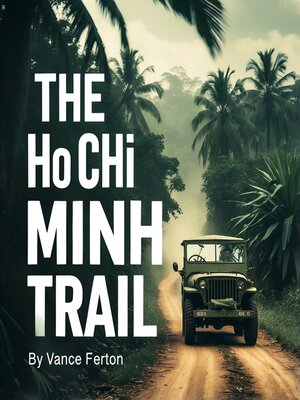
Sign up to save your library
With an OverDrive account, you can save your favorite libraries for at-a-glance information about availability. Find out more about OverDrive accounts.
Find this title in Libby, the library reading app by OverDrive.



Search for a digital library with this title
Title found at these libraries:
| Library Name | Distance |
|---|---|
| Loading... |
This audiobook is narrated by a digital voice.
The Ho Chi Minh Trail emerged from the mists of Indochinese history not as a single path, but as a vast network of interconnected routes that would become one of the most significant logistical achievements in modern warfare. Named after the revolutionary leader who embodied Vietnamese resistance against foreign occupation, this legendary supply line represented far more than mere roads through jungle terrain. It embodied the determination of a people willing to sacrifice everything for independence and unification.
The trail's origins can be traced to ancient trading routes that had connected the Vietnamese kingdoms with their neighbors for centuries. Long before French colonizers arrived in Indochina, merchants and travelers had carved pathways through the dense forests and mountainous terrain that separated Vietnam from Laos and Cambodia. These traditional routes followed natural geographic features, winding along river valleys, traversing mountain passes, and utilizing established settlements as waypoints. The knowledge of these ancient pathways would prove invaluable when Vietnamese revolutionaries needed to establish secure communication and supply lines during their struggle against foreign domination.
French colonial rule, which began in earnest during the latter half of the nineteenth century, inadvertently contributed to the development of what would later become the Ho Chi Minh Trail. The colonial administration built roads and infrastructure primarily to facilitate the extraction of resources and the movement of French administrative personnel. However, these same routes also enabled Vietnamese resistance movements to operate more effectively across the region. During the early decades of the twentieth century, Vietnamese nationalists regularly used these pathways to evade French authorities, transport weapons, and coordinate resistance activities.







